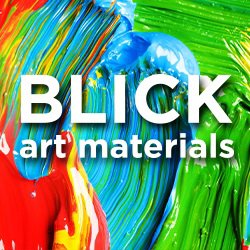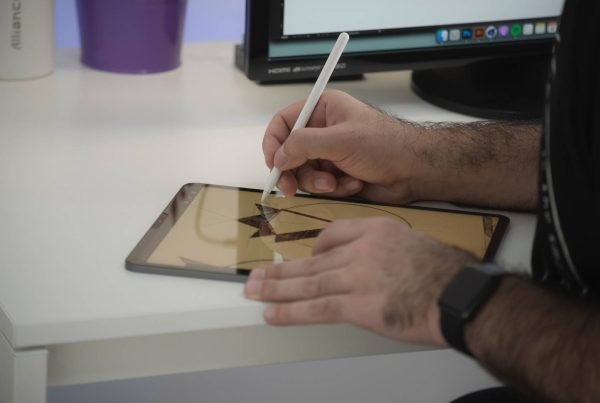A lot of imagination and creativity go into coming up with an app. If you want your mobile application to be a big hit from the start, you will have to squeeze out every ounce of your creative juices and develop a product that your consumers cannot take their eyes off of.
The first thing that strikes your user is the appearance of your mobile app, and this is where you will have to think not just outside the box but several steps ahead of your competitors. Let’s understand how creativity affects app quality and development in the following section:
Table of Contents
8 Things To Consider When Designing an App
1. Your Idea Is The Seed
Different app designers are going to execute the same idea differently. For example, designer A might resort to choosing stock images and already available templates for your mobile app theme. On the other hand, designer B might want to create a custom background for your mobile application with your brand watermark. The latter is always going to be distinctive, unique, and definitive, which your company will benefit from significantly.
2. Animations And Transitions
This is another aspect of mobile app development that not only impacts the quality of the application but the user experience it delivers. For example, menus that roll out smoothly and minimise back into the tab they rolled out from are going to give you a far better impression than something that just pops up open without any transitions. Similarly, soft shadows underneath your menus are always going to give your users a clearer idea of how much creativity and imagination you have put into coming up with the final product.
3. Iterations Are QA Based
Once you have made a prototype of your mobile application, you will always have to make some modifications and changes to it. Based on customer feedback and their unbiased reviews, you will have to undertake a smaller project within your app development process. This will be in conjunction with your software QA services that will help you understand the user experience a lot better. This quality assurance testing will help you ascertain what your consumers seek from your app design. Remember, these iterations will be more like composing a piece of music, the contributing entities to which will be your QA testing process, consumer feedback, and the market trends that you will analyse.
4. Colours And More Colours
Many developers do not understand how the color of the interface and the entire theme impact the user experience. For example, if you are creating a food delivery app, it is always better to go with warm colours that are bright and inviting, such as red, orange, and yellow. Even green and various shades of pink and magenta look very appealing in a food app. Colours such as blue, sea green, teal, or even grey or shades of purple are never going to be well received by your foody users.
5. Audio and Sound Design
The right audio and sound design can help create a memorable and immersive experience that keeps users engaged and coming back for more. On the other hand, poorly designed audio and sound can be a major turn-off for users and detract from the overall quality of an app. For example, many meditation and mindfulness apps use audio and sound design creatively. The calming music and sound effects help users relax and focus during their meditation sessions. That’s why you need to pay close attention to every detail. This includes selecting the right music and sound effects that match the app’s theme and tone, adjusting the volume levels for each element to ensure they are not too loud or too soft, and timing the audio and sound effects to match the app’s visuals and animations.
6. Uninterrupted User Interface
When you use an app, you want to have an uninterrupted experience that allows you to focus on what you’re trying to accomplish. That’s where uninterrupted user interface design comes in. A well-designed app has a user interface that is intuitive and easy to navigate, with minimal distractions or interruptions. To achieve uninterrupted user interface design, you must carefully consider the placement and layout of buttons, menus, and other elements, ensuring they are easy to find and use. The app’s visuals should also be designed to be clean and simple, with a focus on functionality rather than flashiness.
7. Appealing Iconography
When you browse through the app store, you are bombarded with countless options. In order to stand out, an app needs to have appealing iconography. The icon is often the first thing a user sees when looking for an app, and it needs to grab their attention and communicate the app’s purpose clearly. To achieve appealing iconography, carefully consider the app’s branding and design a unique and eye-catching icon that reflects the app’s function and style. The icon should be easily recognisable and memorable, with a clear connection to the app’s features and functionality.
8. Arrangement Of Texts
App developers often underestimate the power of typography in designing an app. However, it is a crucial aspect that can make or break the user experience. Typography involves the style, size, and arrangement of the text on the app’s interface, and it plays a significant role in communicating the app’s message effectively. When designing an app, you need to carefully choose the font, size, and color of the text to ensure it is legible and easy to read. Consistency in typography throughout the app can also create a unified look and feel, enhancing the user experience.
To Sum It All Up
So yes, looking at the discussion above, you must have understood just how art, design, creativity, and imagination boost the experience of your mobile app users. It is not only superficial aesthetics but a combination of appearance and functionality. Think about it the next time you are designing an app. If you want your app to stand out in a crowded market, you need to invest in quality art and design and use creativity in a way that enhances the user experience. Remember, great art and design are more than just a pretty picture. It is about designing an app that meets the needs of your users and exceeds their expectations.










